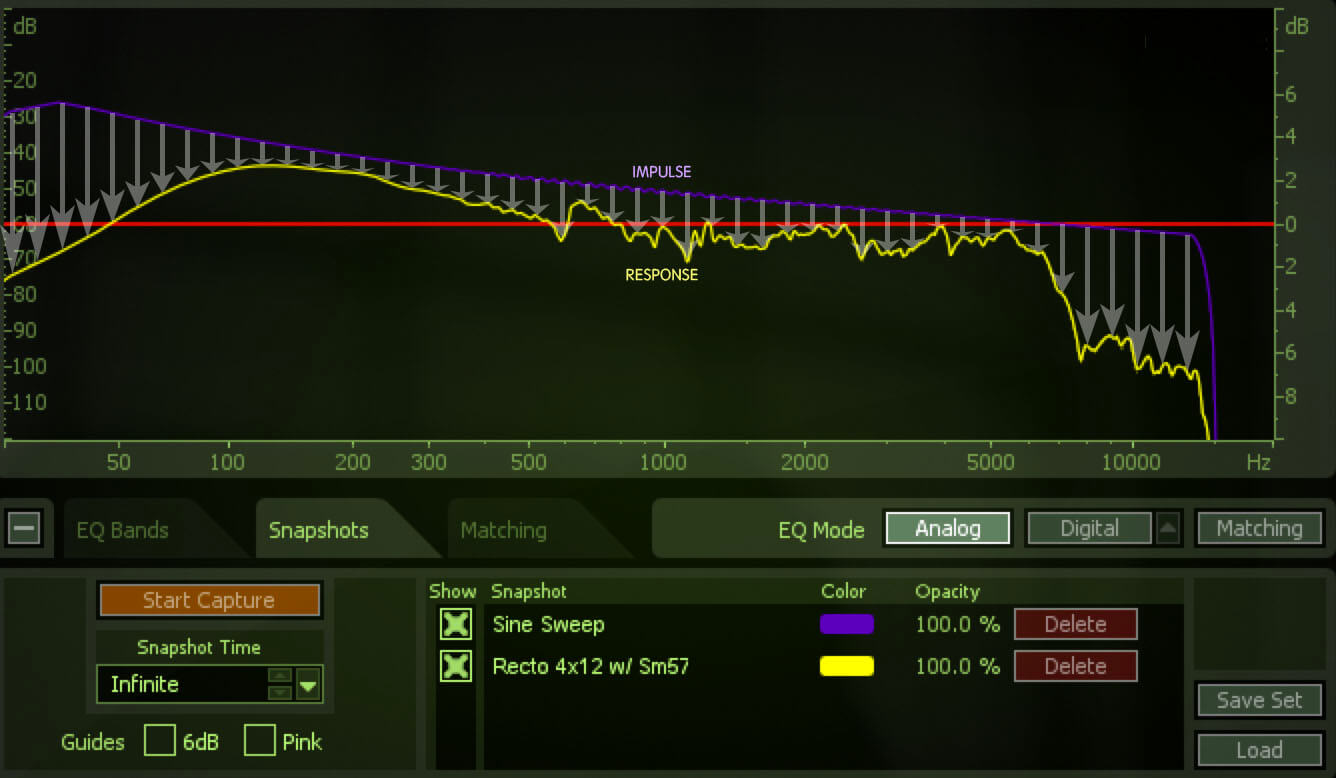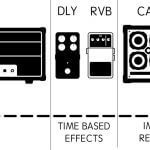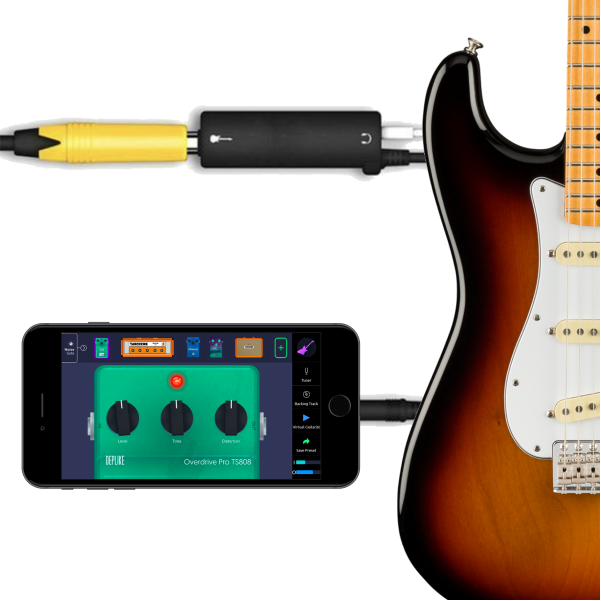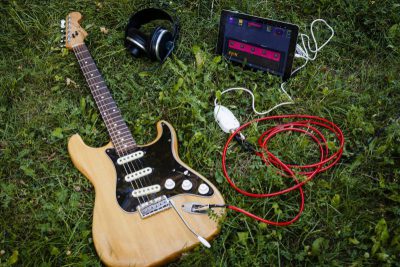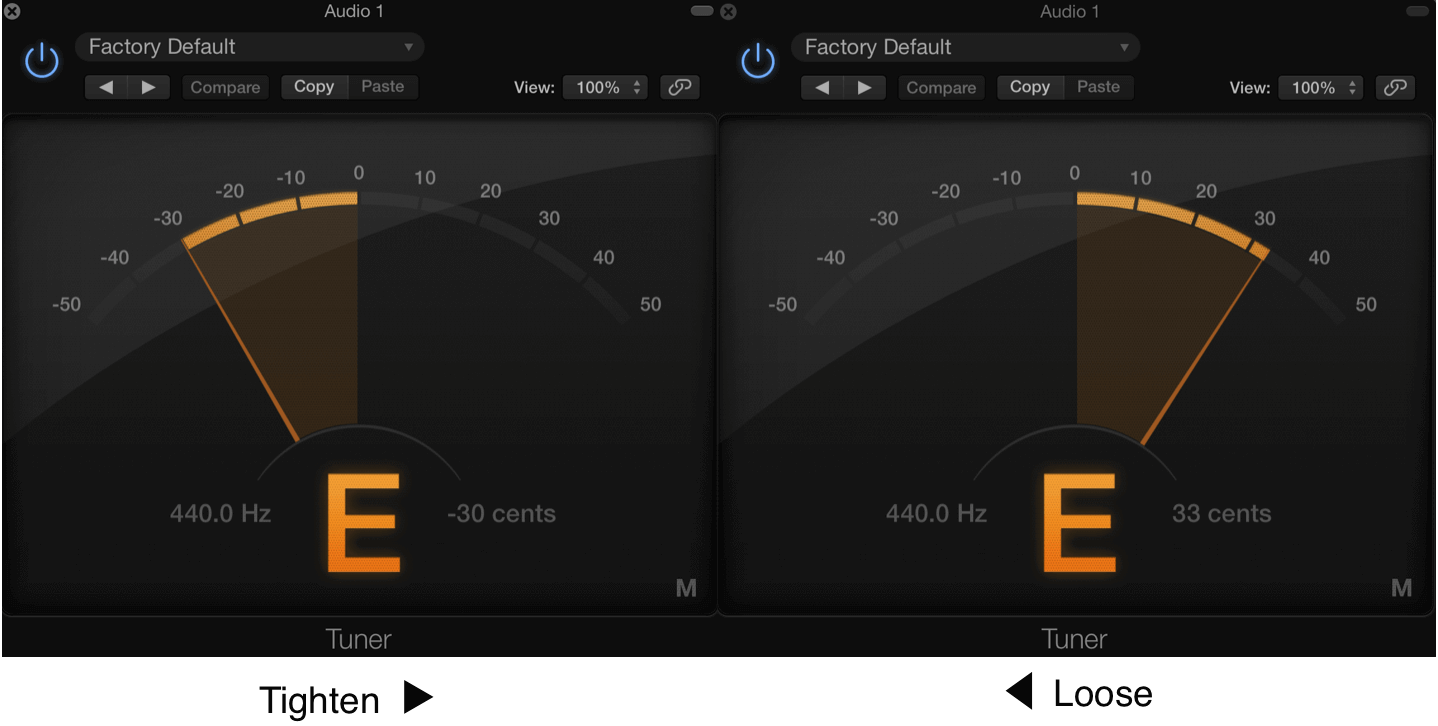Impulse Response for Cab Simulation
“The impulse response (IR) of a dynamic system is its output when presented with a brief input signal, called an impulse. More generally, an impulse response refers to the reaction of any dynamic system in response to some external change. In both cases, the impulse response describes the reaction of the system as a function of time.” says Wikipedia.
But what do we -as guitar players- do with this information?
Playing an EL34 powered all-tube Marshall head with a 4×12 cab can make you feel like a rock star, for sure. That’s what everybody dreams about. Withstanding all those loudness generated by the power tubes standing in front of the cab is one thing, being able to capture that sound with high-quality mics and pre-amps and converters and engineers is another while living in a small apartment. This is the modern-day scenario that most of us are facing.
That’s where the technology comes in to play. As Wikipedia describes, the signal chain in between your guitar and any kind of speaker that puts out your guitar sound is a system. We can inject an “impulse” into this system and measure the reaction as a function of time, in this case ‘the response’.
Impulse is a relatively weak signal.
It’s like knocking a brick wall. When knocking, you don’t break the wall. You listen to the response to it. When you hit drywall, you understand it because of its response. It changes. That change is literally “the response”.
In terms of signal, white noise and/or a sine sweep is our knocking. We send our pre-determined sine sweep into the amp + cab + mic combination. As said before, we don’t break the wall which means, we don’t distort or saturate the amp. In the world of guitar amplifiers, it is really hard to exclude the effect of pre-amp saturation. That’s how they work, that’s why we love them, the saturation of tubes. So, we must completely take out the amp head from the equation in order to obtain a linear measurement otherwise we break the wall. Instead of regular -nonlinear- guitar amplifiers, we use pure power amplifiers that work almost without harmonic distortion. So the new equation is sine sweep into a pure amp (almost no effect to the equation) + cab + mic. We listen back to our initial signal. There must be some changes in our signal right?
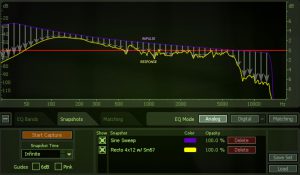
The rest is pure mathematical subtraction. We subtract the last signal from our initial signal. The result is a wave file that is equal to the effect of the cab and the mic that is used in the chain. This small wave file is called IR and it represents the cab+mic 100% accurately. This wave file then can be used with IR loader plugins such as NadIR, LePou LeCab, RedWirez MixIR and so on. There are tons of IR libraries online in which you can find your most favorite cabs and mics, like a Mesa Rectifier 4×12 into a Shure SM57 or Vox AC30’s cab into a Royer R121 or Marshall 1960 4×12 with Celestion T75’s into a Sennheiser MD421.
So we take loudness problem out of the equation. The next thing is simulating a tube amp…

